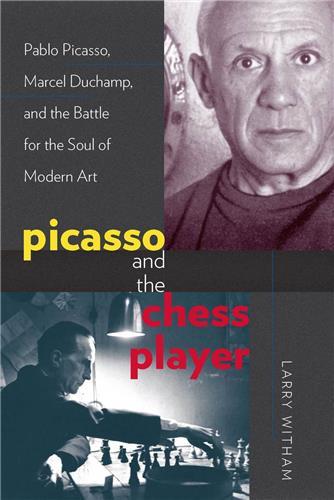Witham places his subjects in the context of both their own work and the aesthetic debates and movements of the early to late 20th century, with the aim of revealing how Picasso and Duchamp became ‘monuments and myths,’ after their deaths. While Picasso ‘democratized art’ for the masses to appreciate, it is Duchamp who set the ‘intellectual horizon’ for ‘postmodern’ art professionals. A convincing and highly readable study whose juxtapositions create its originality.









